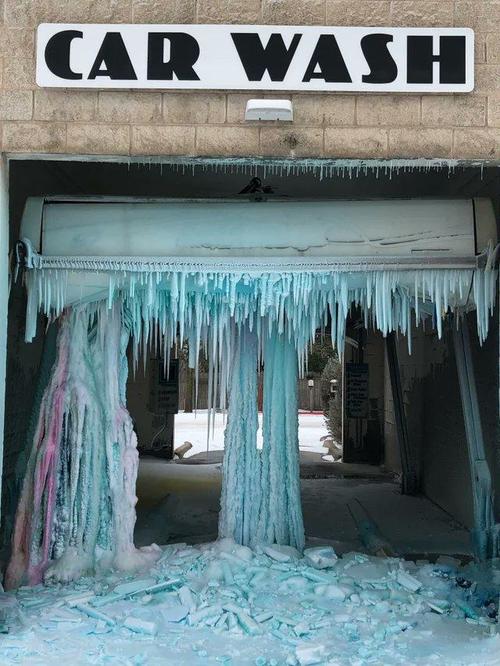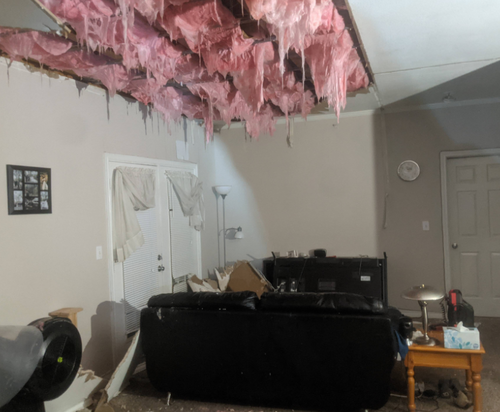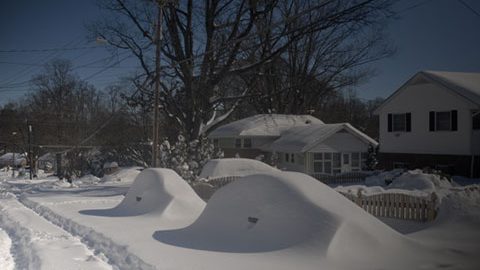Florida Man Charged for Plotting Attack on Trump Supporters
Report: Wuhan Lab Received US Funds, Still Eligible Into 2024
freETarget – The Free Open Source Electronic Target

The post freETarget – The Free Open Source Electronic Target appeared first on The Firearm Blog.
Missing Police Carbine Still Unaccounted For nearly 4 Years Later

The post Missing Police Carbine Still Unaccounted For nearly 4 Years Later appeared first on The Firearm Blog.
Concealed Carry Corner: Tips For Winter Carry

The post Concealed Carry Corner: Tips For Winter Carry appeared first on The Firearm Blog.
POTD: Virtual Reality Training

The post POTD: Virtual Reality Training appeared first on The Firearm Blog.
Open Source BPNVG (Bootleg Panoramic NVG) with TFB Reader Stubbs
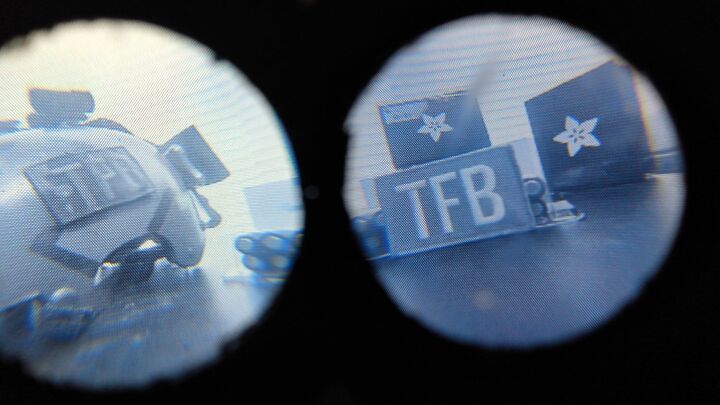
The post Open Source BPNVG (Bootleg Panoramic NVG) with TFB Reader Stubbs appeared first on The Firearm Blog.
Make Fitness Happen
I’ve taken a few firearms training classes over the years and loved every single one of them. A common theme that I was often told was, “you’re a good shooter but you just need to get in better shape.” We often hear that gunfights last only seconds and think that no matter what shape we’re in, we could last that long. That is, until you do the training and realize that maybe you’re not in as good of shape as you think you are.
As I’ve gone through classes (e.g. shooting and moving, vehicle classes, hand-to-hand combat classes, etc.), I realize that I’m not the only one who could use some help on improving fitness. A comprehensive plan should include mindset, diet, exercise, and rest. You need to make fitness happen. There’s no easy way to do it, so suck it up, buttercup!
Mindset
It doesn’t matter what your level of fitness is — without a proper mindset and realistic goals, you will not achieve your fullest potential. If your goal is to lose weight, a reasonable goal is to take the weight loss in 10 percent increments of your current body weight. If your goal is to lose body fat/gain muscle, get a body fat analyzer to track your progress. If you’re “just trying to feel better,” I believe you aren’t being specific enough and are destined to fail. I once lost 50 pounds busting my hump to feel better. Despite being successful in that weight loss goal, I still felt miserable. Why? My mindset wasn’t focused on “proper” diet and rest. I gained it back and started over. My goal was shortsighted, and I lacked vision.
I remembered a book I read in college called Peak Performance: Mental Training Techniques of the World’s Greatest Athletes by Charles A. Garfield and Hal Zina Bennett. I realized I was going through the motions and not visualizing my goals. This was a critical piece that was missing, and once I added it back, I found success. In order to visualize effectively, it helps to have a measurable metric. Such metrics can be percent body fat, waist circumference, and total body weight, to name a few. These should be checked at the beginning of your exercise program and every six weeks. Write everything you do down: diet, calories, macronutrients, exercise, etc., as this holds you accountable to yourself. This can provide valuable feedback toward your progress and improve your chance of success.
Another part of the success and mindset is attitude. This year, I decided to do something I sucked at and turn it into a positive. Since the number-one thing on the list was running, I went all in. In preparing for a half marathon, I was coached by many of my running friends that not every run will be a good one. I challenged myself to find a bit of good in every run. Some days I didn’t go far, but my blood sugars stayed steady. Other days my blood sugars tanked, and I had to walk for distance. Maybe on one run I had trouble with hip pain, but I focused on technique to make it through the run. I always tried to stay positive with every run. With each outing, I improved. By staying positive, I found that my motivation remained high … even when my friends were yelling, “Run Forrest, RUN!”
Diet
Many people think about a diet as a four-letter word. How do you choose which diet is right for you? There are all kinds of recommendations; however, I like to keep it simple. First, use an app like myfitnesspal (www.myfitnesspal.com) to track calories and nutrients. I find that people who track their progress on an app tend to maintain their dietary goals for a longer duration. The key to using any form of diet tracker is to be completely honest with how much you’re eating. Measure everything out.
Above: Fruits and vegetables are important, but don’t forget herbs and spices to aid in recovery.
When I counseled patients on a “medically supervised weight loss program,” I first had them record what they ate for one week without any direction from me. I found that 90 percent of the people who came in the following week had obvious issues with their diets. Most of these patients thought they were doing right by eating what they were eating. We would discuss some simple changes, whether it was total calories or macronutrient composition. I’d set goals, or benchmarks, for them to attain. I’d then see them back in three weeks and check on their progress. I’d challenge them to lose half to 1 pound a week. Often in the early weeks I’d see 5 to 10 pounds of weight lost, depending on how bad the diet was initially.
If I thought they were overindulging on calories, I’d take their first week’s data and cut 250 to 500 calories a day. For the average person, it takes 3,500 calories cut to equate to one pound of weight loss. If the patient came back three weeks later and had not lost weight, it was often due to underreporting of food consumed. If the patient already had a reasonable calorie intake after that first week, we’d focus on macronutrient composition. I know there are a lot of different views on what this should be; however, I’d look at their first week’s data as a guide.
Invariably, people would either be heavy on carbs or heavy on fats. We would adjust these to more reasonable levels and discuss foods that would be better substitutes to meet their goals. To reduce carbohydrates, I’d encourage them to avoid processed foods and eat as many vegetables as they could. They were encouraged to eat fruit every day. I’d often direct people to www.allrecipes.com to help them with ideas on using vegetables in meals.
To boost protein, I suggest that people try to get 1.5 mg/kg of body weight a day. Personally, I have to supplement with protein powder to reach that mark. Having a good amount of protein will help with muscle gain as well as recovery after workouts. I’d also try to adjust the amount of protein, as well as calorie consumption, based on activity of the day. Remember that too much protein can be harmful to the kidneys. You might periodically check in with your physician to have a blood test or urine test to ensure that all is good there.
Fats are an important part of our diet and should not be eliminated altogether. In college, I got a wacky idea to cut my fat consumption to less than 10 percent of my total calories. Guess what happened? I got massively depressed. As I was reading about dieting and nutrition, I came across a passage that described how important fat is in our diet. I went to the store to buy some Skippy and felt better in a few days! My depression was caused by not having enough fat in my diet. Now, I aim for 20 percent of caloric intake from fat as part of my macronutrient goal.
Exercise
If diet is a four-letter word, exercise is twice as foul, right? But it doesn’t have to be. This goes back to having the right mindset. I think about exercise in three different contexts and believe the weight of each in your routine varies depending on your level of fitness. First, think about the importance of stretching. Not only does it help to get the circulation flowing to the muscles, it can reduce the chance of injury even when we push our bodies physically.
As we age, flexibility is also important for joint mobility and can help ease the pain from arthritis. Whether you choose to do basic stretching, yoga, or some iteration of these is up to your preference. I like a stretching program by Scott Sonnon that he calls Intuflow. YouTube has multiple videos from Scott, and others, that are helpful. Diamond Dallas Page has his version of yoga that includes isometrics in the movements. Check out his program at www.ddpyoga.com. He has an excellent app if you sign up for his program.
The second aspect of exercise should involve cardiovascular fitness. I love the saying that you can’t walk a mile without taking the first step. For some patients, I’d literally recommend that they walk 20 feet, several times a day. You would be amazed at the lack of fitness some people have that requires them to start at this level. If they can do it, so can you. Start a walking program. Once you can walk for time, say 30 minutes, then increase the speed and walk for distance within that time.
Continue to increase your goals every week. When you decide to start running, try walking for one minute then running for one minute. Again, pace is up to you, but try to work up the time, say 15 cycles of the walk one/run one. Maybe every week or two, increase the amount of time you run (e.g. 2/1, 3/1, 4/2, etc.). Of course, you can also try cycling, rowing, or anything else that increases heart rate. Your goal should be a target heart rate of 85 percent of your predicted maximum (220 minus age, then multiply by 0.85 to get your target heart rate). With fitness watches, such as the Garmin Fenix 6X Pro, you can collect data to guide you to improve your fitness.
Above: A mixture of strength training, stretching, cardiovascular and core exercises round out a good program.
The last aspect of exercise is strength training. One important part of adding muscle is that it also increases the efficiency at which you use calories. There are several different methods to incorporate strength training. You can go old school and put in your VHS tape of Pumping Iron and work out with Arnold. If you don’t have weights available, you can use bodyweight exercises and improvise weights. (Tires or 5-gallon bottles of water are just a couple of ideas.) Check out Brute Force Sandbags (www.bruteforcetraining.com), which is an excellent option as well.
Another exercise I like is using TRX suspension bands (www.trxtraining.com). I personally found TRX to be helpful with building core strength and cardio, as well as being fun. Functional strength training is another option but requires access to weights. A site that I find useful, along with their Instagram and Facebook pages, is Mouser Strength Dynamics (www.mouserpower.com). I’ve learned quite a bit from John and Hannah over the years and find them both to be excellent teachers and motivators.
In Summary
Taking the first step to becoming more fit is often the hardest part for anyone. Once you get started, the momentum will pick up steam, and you’ll be on your way to making fitness happen. It takes a good mindset, a solid plan, goals, and a combination of diet, exercise, and rest. Where people struggle is maintaining their pursuit of healthy living. This is why I encourage people to write down everything in a notebook every day. It also helps if a spouse or significant other is training with you. You’re less likely to give up on your goals that way. The last part that people struggle with is maintaining their success once their goals are reached. Your choices are to set new goals, to maintain where you are, or, like some people, reverse course and fall back into bad habits. The way I protect the latter is to set a ceiling on weight. Once that ceiling is reached, I get back on the fitness plan, so I don’t erase months of success.
Above: Omron Body Fat Analyzer
There are multiple ways to accomplish each aspect of your fitness journey; however, you have to choose what’s right for you both mentally and physically. If you have trouble developing a plan, look into a local fitness professional to help meet your needs. The websites that I’ve included are just some of the ones that I’ve found helpful. There are many more that are available if these don’t suit your needs. Good luck on your fitness goals. Your life may depend on it!
Successful Mindset
- Set realistic goals: If you weigh 250 pounds and want to lose 50 pounds, start with 25 (10 percent) and it isn’t so overwhelming.
- Keep re-evaluating your goals: If you aren’t reaching goals over seven days (e.g. losing 0.5 to 1 pound per week) then look at your diet.
- Rest is important: Remember, this is the restorative portion and, if neglected, you may not see the progress toward your goals.
- Stay positive: Place sticky notes around the house with positive sayings to keep up your motivation; set goals with a partner to encourage each other.
- Celebrate milestones toward your goal (e.g. 2 percent weight loss, 1 percent body fat loss, seven consecutive days of exercise).
Above: Garmin Fenix 6X Pro
Dietary Suggestions
Protein is always good with a goal of 1.5g/kg body weight. Eggs and chicken breasts are great; however, vegan options include almonds, oats, quinoa, and lentils.
Fiber is excellent for colon health with a goal of 20 to 30 grams per day. Fruits, nuts, vegetables, and grains are great sources of fiber.
Unless you’re on a potassium-restricted diet due to heart disease or kidney disease, potassium is a challenge to get enough of the daily requirement (about 4,000mg daily). Foods such as bananas, white potatoes, spinach, and salmon contain good amounts of potassium.
About the Author
David L. Miller, DO, FACOI is an internist in private practice for 20 years. His experiences away from the office have included time as a fight doctor in regional MMA events and as a team physician for 10 years at a midmajor university in the Midwest. Currently, he serves as the lead medical instructor for the Civilian Crisis Response team based out of Indianapolis.
More on Health and Fitness from OFFGRID
- A Color-Coded Infographic for Healthier Survival.
- Move to Improve: Taking preemptive steps to better health before disaster strikes.
- The Viral Truth of Covid-19.
- Winning the Germ War.
- What if we are hit by another Pandemic?
Related Posts
The post Make Fitness Happen appeared first on RECOIL OFFGRID.
Is Texas Facing A Humanitarian Crisis?
This article was originally published by Tyler Durden at ZeroHedge.
Up to 15 million Texans remain without heat and electricity as temperatures across the state are well below freezing. Another round of winter weather is battering parts of the state Wednesday morning, as many Texans have been without electricity since Sunday are desperately scrambling to find shelters. Weather-related deaths have already been reported as one of the nation’s wealthiest states can barely supply electricity to its residents. And some of those residents have written to us to share their painful realities…
…my house is now resembling a refugee camp. yeah these are all my friends but crazy cause they all have young kids…
hence i’m escaping the chaos…
what’s insane is that big swathes of population in surrounding areas are without power and *water supply*
… bottled water flying off shelves & stores bout to run out.
… so much for Green New Deal shit… all our turbines and solar don’t work now in freeze, LOL
i live in an area behind a major hospital so i’m thinking that’s why my grid has been up and running this whole time.
The unprecedented polar vortex split, dumping Arctic air down to the Gulf of Mexico, resulted in frozen wellheads that impeded the flow of natural gas to power stations, triggering electric shortages as demand overwhelmed the grid. Considering ERCOT, which manages 90% of the state’s electric load, has a high percentage of electrical generation produced via natural gas, power has yet to be restored to millions of folks.
The cascading effect of blackouts and controlled power outages has resulted in some critical infrastructure such as cellular networks and water treatment plants going offline.
As we attempt to show below, the speed at which one of the nation’s wealthiest states transforms into a third-world country is simply stunning.
Jared Tennant, a drone pilot in central Texas, captured stunning images of how downtown Austin has been lit up during the power grid collapse while surrounding and more impoverished communities on the outskirts of town have had their power cut.
Tennant “showed images of downtown Austin Tuesday night. Municipal buildings, empty office buildings, and even empty parking garages fully lit throughout the night,” said PJ Media.
Office buildings in downtown Austin were lit up during the blackouts.
Austin’s convention center had power while neighborhoods across I-35 were dark.
Downtown offices were lit while tens of thousands of thousands of people in the surrounding community froze.
One reader wrote that central Texas looks like a “refugee situation of sorts,” offering some anecdotal accounts of what he’s seeing on the ground which is nothing short of a disaster in the making.
- Central Texas looking like a refugee situation of sorts… suburbs with power have homes with 10 to 15 or 20 people piled into living rooms with sleeping bags.
- Increasingly whole zip codes are being hit with not just power outage, but water system going down too either thru frozen or electrically damaged processing facilities or key pipes bursting.
- Anyone without power/water (now going on 2 to 3 days) is begging any friends or family in area still with power to take them in.
- Often multiple families are camped out in living rooms of those who still have power.
- Families are dropping off young children in residences & with neighbors that still have heat.
- Basically whole neighborhoods on other side of highway with no power are “moving in” to neighbors’ homes on other side where power still exists.
- I’m getting phone calls from friends and elderly people in the community asking desperately for firewood. People are now running out of firewood and the couple grocery stores actually open for a few hours a day are constantly out.
- People are braving the iced-over roads to go looking for anyone with firewood.
- Any home that still has water is filling up jugs & bathtubs in expectation of water supply cut at any moment.
- The water situation is getting alarming.. especially many elderly now trapped in homes with no heat OR WATER.
- Local stores (the 2 or 3 that actually open) are limiting customers to 2 gallons of water each–it’s flying off the shelves
- Individuals with 4-wheel drive and/or jeeps have been seen picking up stranded strangers on side of road… often people are having to hike miles to an open corner store to raid the shelves for any canned food/or still available items.
- As vehicles get stuck and/or become inoperable due to extreme freeze… people have been seen hiking out of suburban neighborhoods to reach “civilization” (or any area still with power and water)
- People are also now living in their work offices and/or teachers bringing their family to school classroom to live if school/office still has power/water.
- In many cases schools or some churches are not yet officially “warming centers”–yet people are basically squatting–entering any public place/room they can find that’s warm.
- For most part there’s almost zero snow plow/de-icing equipment particularly in mid- to small-sized towns and rural areas… last night’s layer of ice storm means many people now trapped in their powerless/waterless homes even if they want to leave for a warming center
- There’s no recourse, no answers… Oncor will not answer calls or give answers for days running. Civic services not responding… also local police departments are angrily demanding answers from the large energy companies
- Growing number of carbon monoxide poisonings in area and the state…people are lighting charcoal grills indoors, also running vehicles in garages
Another Texas resident exclaimed:
So I honestly don’t really know if there’s anyway to mitigate this at all, or if there is any point trying to kick and scream and raise awareness about this since it seems like such an unstoppable avalanche, but with all of the pipes bursting as well as water treatment plants now going offline – next week when this shit thaws out, all of that sewage is going to coat the entire fucking state.
Which is gross, but the worst part of it is that fucking Covid can transmit through sewage, not all that well and it probably needs to be aerosolized, but with apartment buildings and the fact it will be EVERYWHERE and everything else… Texas is about to become a science experiment in herd immunity.
When those pipes start to thaw I bet they’ll be gushing and spurting too – how long is it gonna take to seal everything off, there’s just no way.
I hope I’m wrong, but I think Texas might be on its way to becoming a Third World country.
… and there’s more.
Houston Chronicle’s Brett Coomer reports dozens of people lined up to fill their propane tanks – many of whom have been without power for days.
More Texans are standing in freezing weather waiting for propane fillups.
People are running out of food. Huge lines were seen at a grocery store in Houston’s suburb on Wednesday.
Bellaire, Texas (suburb of Houston) line to enter lone open grocery store! @HoustonChron #winterstorm2021 pic.twitter.com/sNdWkKEitE
— Marci Rosenberg (@360couture) February 17, 2021
More people are starving in Texas; a drone captures a massive line at another grocery store.
line up at a grocery store in texas pic.twitter.com/FSFdQ8B01E
— blank (@your2ndgirl) February 17, 2021
Lines at gas stations.
“The line to get into HEB an hour before they open. I expect it to wrap around the building within the hour. Why? No power and most stores are closed. Why? Texas insulated and privatized the grid and failed to winterize it. Time to expropriate. It starts here!,” one Twitter user said.
As predicted. pic.twitter.com/5hE3Qj7NSW
—
The real @pfunk1978
(@pfunk1978) February 17, 2021
Users are reporting grocery stores are now placing limits on food to avoid shortages.
Line of people outside a grocery store in Austin, Texas.
Only 15 items allowed at the checkout. pic.twitter.com/7uMJUy0cL9— UncleRandom (@Random_Uncle_UK) February 17, 2021
“This is the line outside to get to the lines inside the only grocery store our roads are safe to get to in Canyon Lake Texas. We have been out of power and water since last Sunday it is now Wednesday. Friends brought us firewood. It’s 26 degrees outside,” another Twitter user said.
… and while people rush to stores for propane and food, others are facing some grim realities at home with busted pipes.
Dallas resident records ice frozen fan.
THIS IS WILD!
A resident in Dallas, Texas shared this photo after pipes burst in his apartment. Temperatures reached -2° Tuesday morning. Thousands of Texans don’t have power, heat, water or food.
: @ThomasBlackGG pic.twitter.com/uoCALV4czt
— News4JAX (@wjxt4) February 17, 2021
More busted pipes – some homes in Texas are not winterized.
Small businesses that are suffering from covid losses, still recovering from and fighting insurance claims from harvey, are dealing with things like this. I think “busted pipes” is being said without people realizing how serious it is so just demonstrating
#texas pic.twitter.com/nnhFl8sc4I
— Tay Griffin (@taywgriffin) February 17, 2021
The Hilton hotel in downtown Forth Worth is flooded after pipes broke.
The Hilton- downtown Fort Worth. pic.twitter.com/bCt8nmleOG
— Clay10®
(@djordxc) February 17, 2021
Water gushing from an apartment deck.
A Camden Property in the Victory Park/Uptown Dallas area. People aren’t just “crying” about snowfall. Pipes are literally bursting in residential buildings around the metroplex, causing property damage to hundreds of residents! pic.twitter.com/FUOptPZGnW
— Clay10®
(@djordxc) February 16, 2021
“Burst pipe has been running for 9 hours at an apartment in Austin,” said one user.
Burst pipe has been running for 9 hours at apartment in Austin, TX pic.twitter.com/RBd3Z1gM6y
— blank (@your2ndgirl) February 17, 2021
This certainly doesn’t look good.
Homes across Texas have been devastated by bursting pipes all day.
*This story is developing as the power grid collapse morphs into a humanitarian crisis that is far from over.
The post Is Texas Facing A Humanitarian Crisis? first appeared on SHTF Plan – When It Hits The Fan, Don’t Say We Didn’t Warn You.Another Winter Storm To Spread Across Northeast
The storm that is dropping snow and freezing rain in Texas all the way through the mid-Mississippi River Valley will head for the Northeast by Thursday and bring more snow with it. Widespread power outages are still ravaging places already hit hard by winter weather and the weather system continues to advance.
According to a report by ZeroHedge, The National Weather Service (NWS) said more than 100 million Americans are in the path of a storm as it traversed the southern Plains earlier this week and is finally arriving on the East Coast Thursday morning. NWS has posted Winter storm warnings and winter weather advisories from the Deep South to New York City.
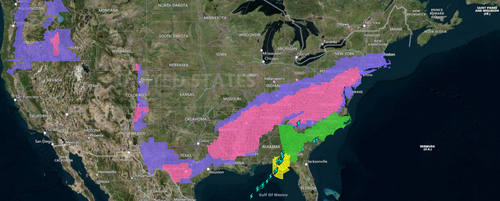
Courtesy: ZeroHedge
Snowfall from this storm stretches from the Northeast into the Ohio Valley and southern Great Lakes this morning. A wintery mix could be seen in West Virginia, Virginia, and parts of the Delmarva Peninsula.
Current Radar (as of 0640 ET)
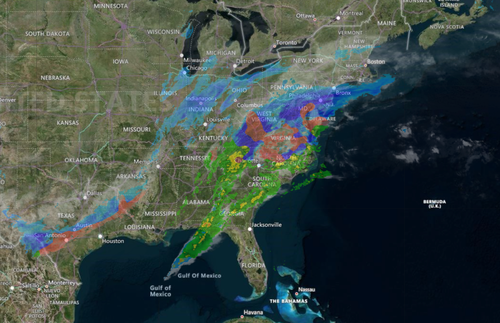
Courtesy: ZeroHedge
The storm will traverse the coast and spread winter precipitation across much of the Interstate 95 corridor from the Baltimore–Washington metropolitan area to Philadelphia to New York City to Boston on Thursday into Thursday night. –ZeroHedge
Accumulating snow is expected across the Mid-Atlantic and Northeast Interstate 95 corridor. This could make travel conditions dangerous.
According to a report by CNN, two areas of low pressure, which are the driving force of this wintry weather, will travel up the East Coast, one after the other. “It is looking more and more like an all or mostly all-snow event for most [of southern New England]. Not expecting a heavy snow scenario this time either, but more a prolonged light, sometimes moderate snow event,” says the National Weather Service (NWS) office in Boston.
Prepare now if you still can. Make every effort to get the last-minute things you may need should the power go out in your area. Stay alert and prepared. This storm has already caused a lot of damage, so if you are in its path, brace yourself.
What To Do NOW To Prep For A Winter Power Outage
The post Another Winter Storm To Spread Across Northeast first appeared on SHTF Plan – When It Hits The Fan, Don’t Say We Didn’t Warn You.


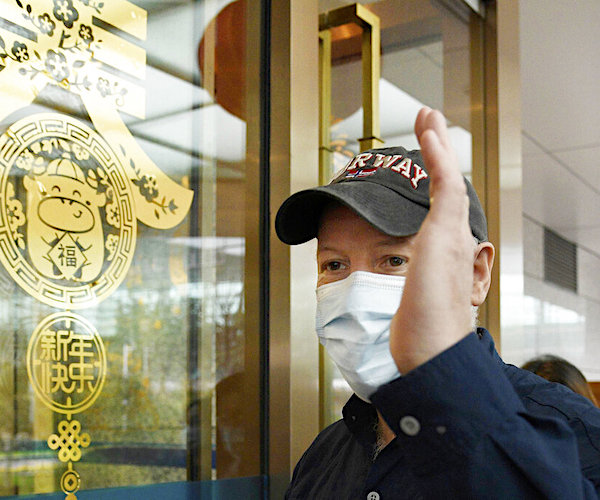





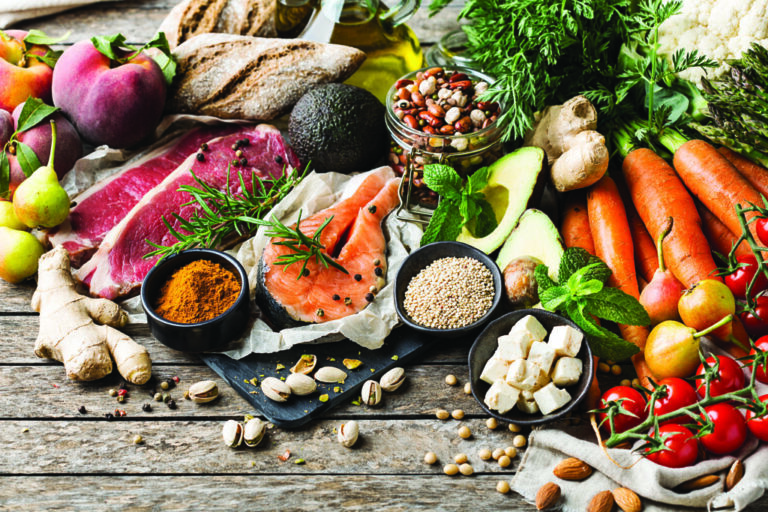
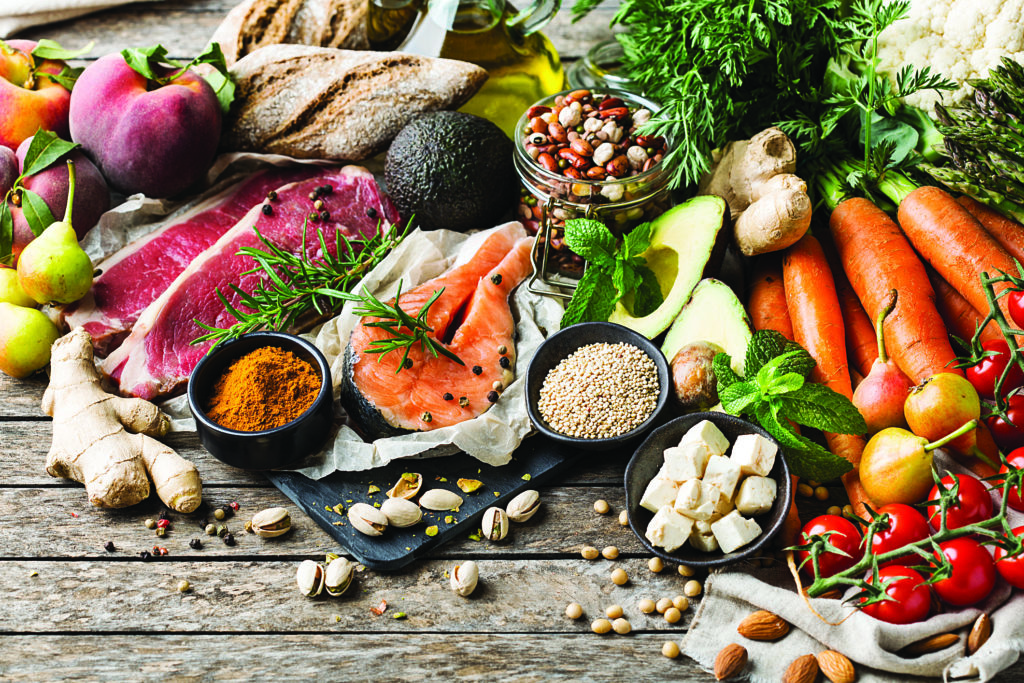



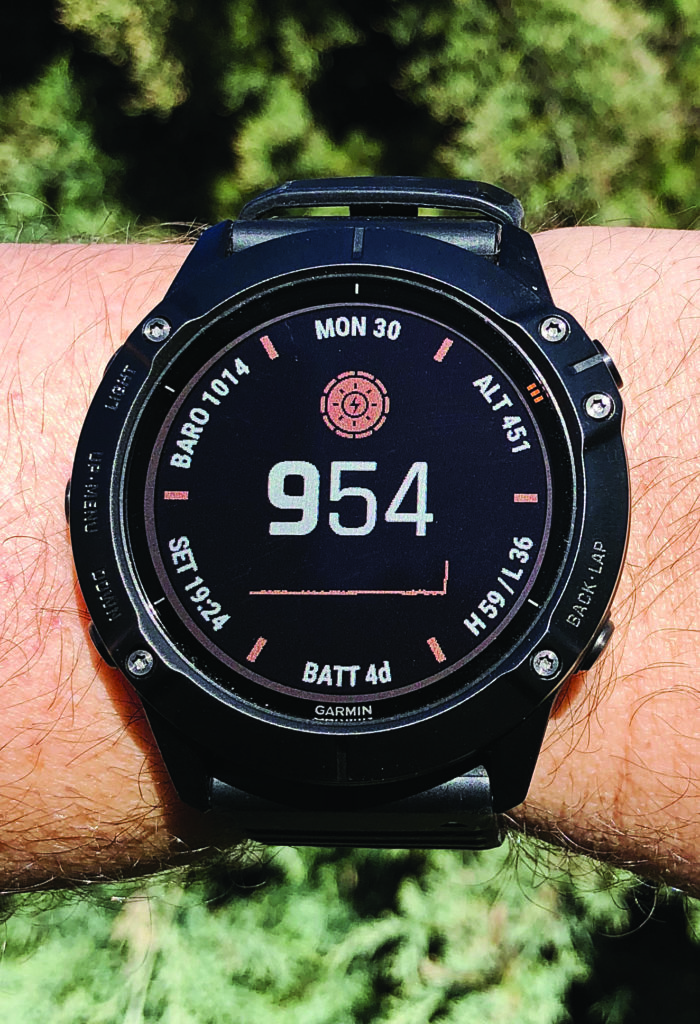
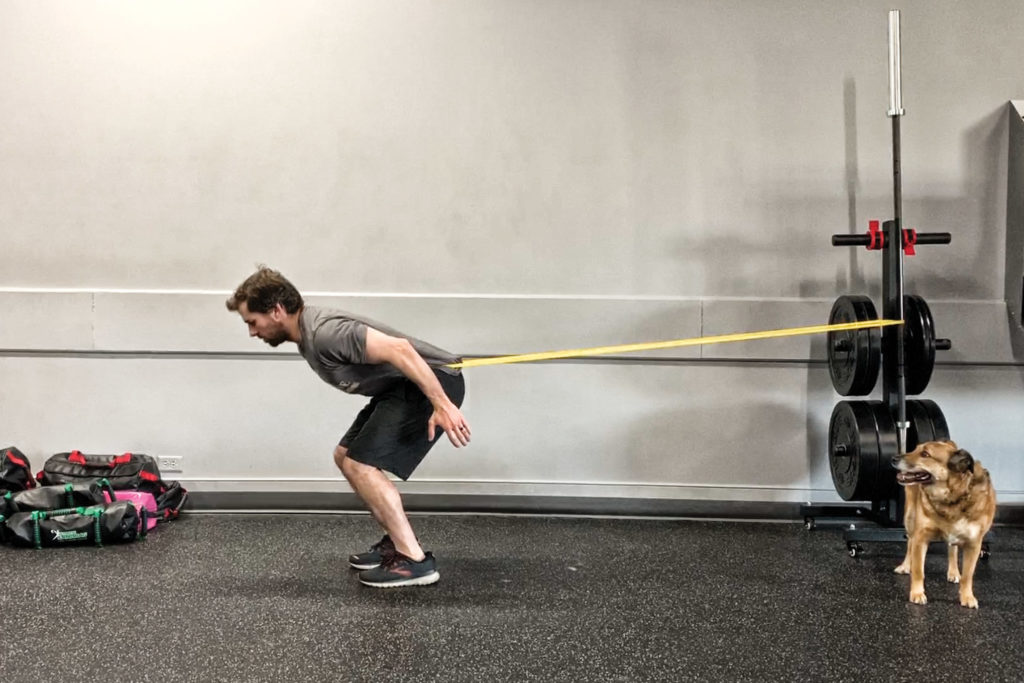
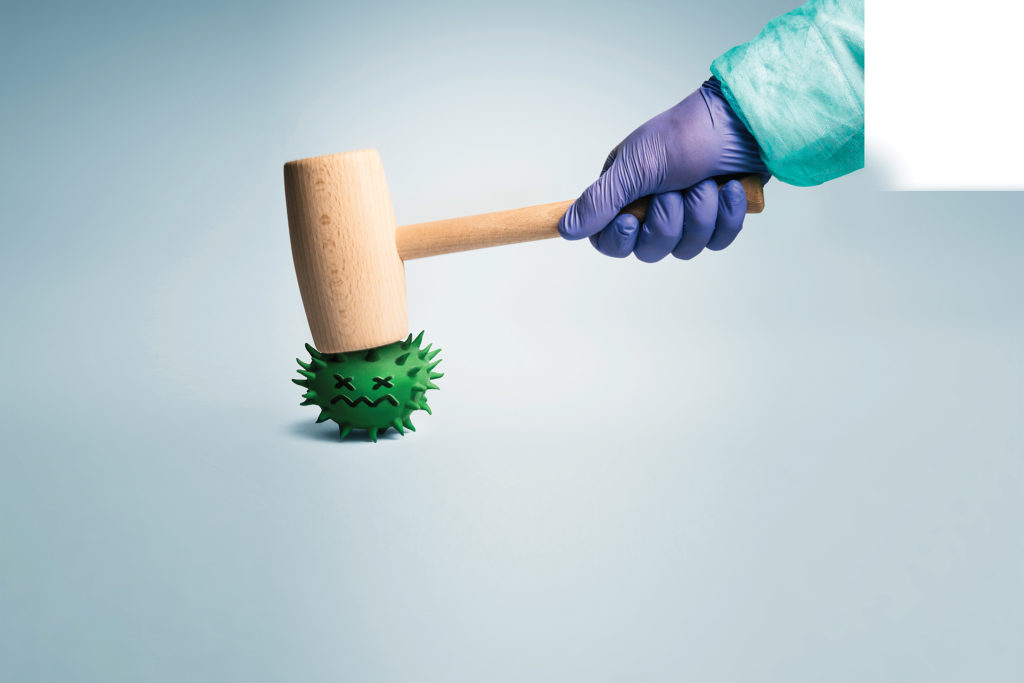
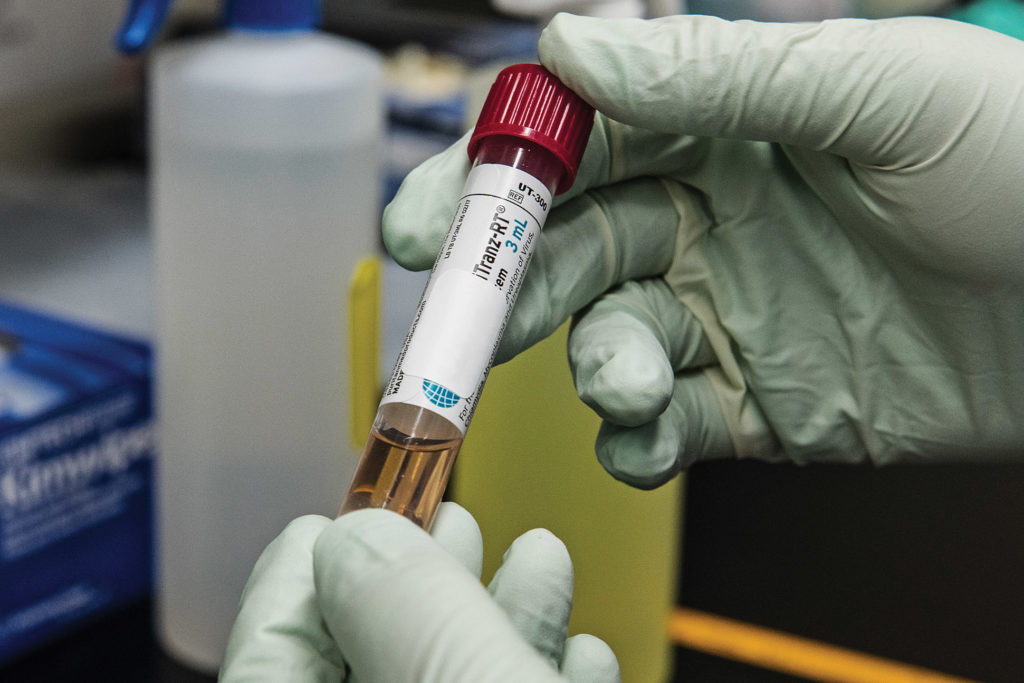
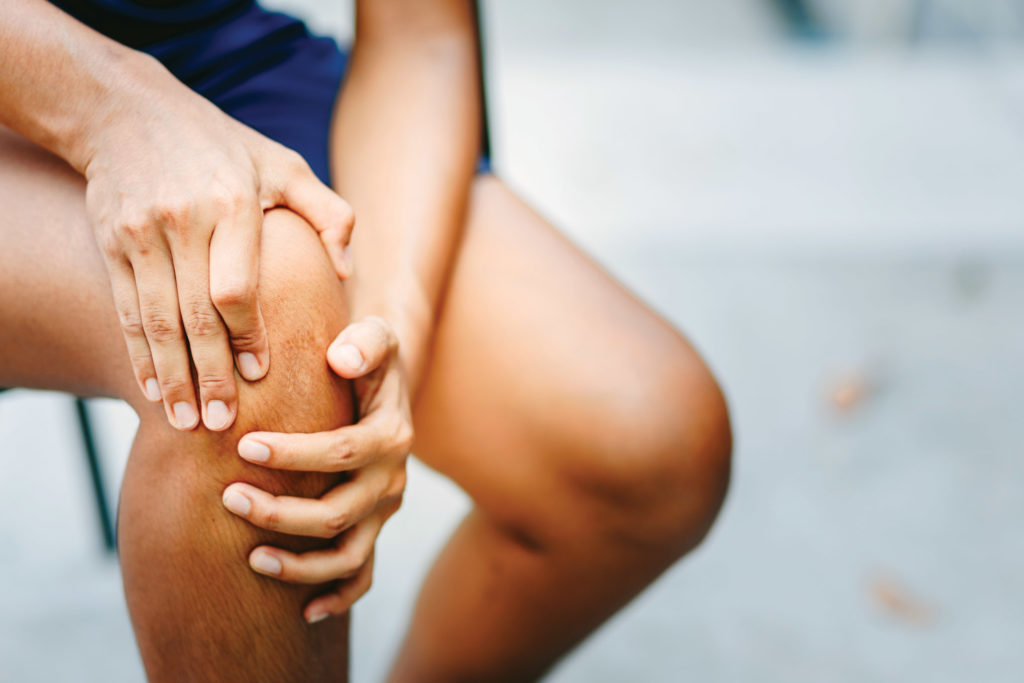
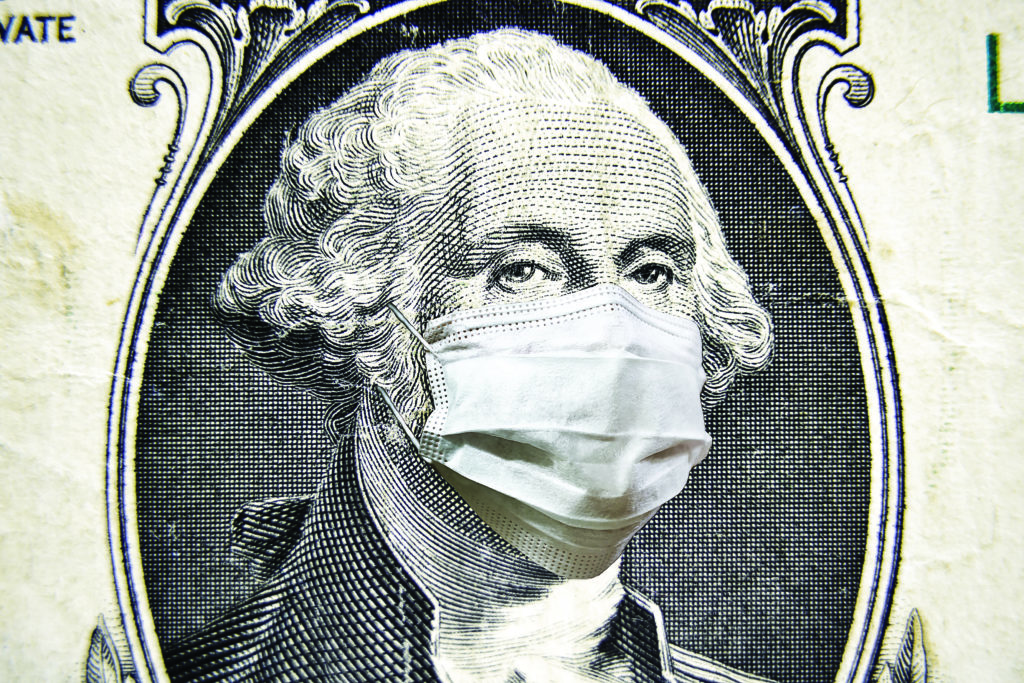

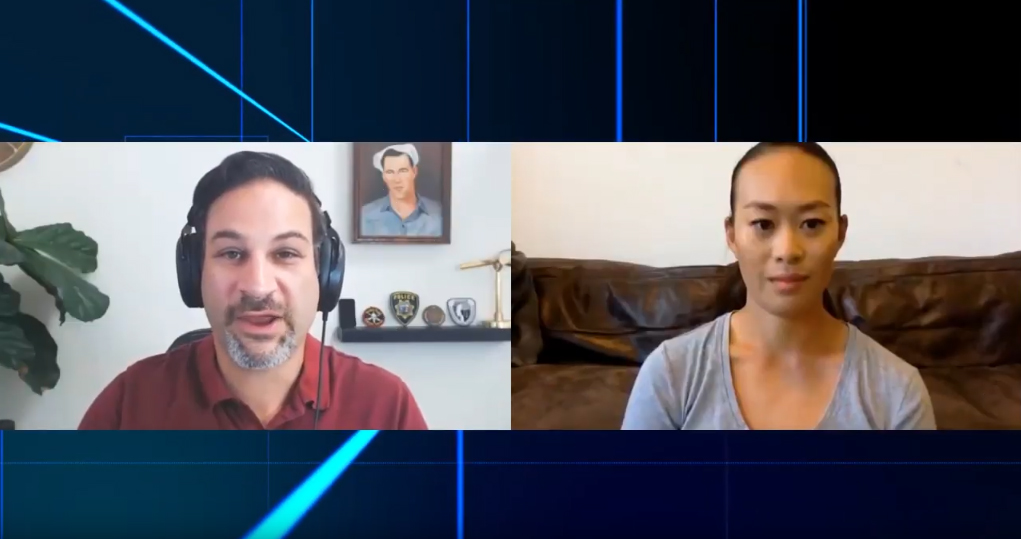
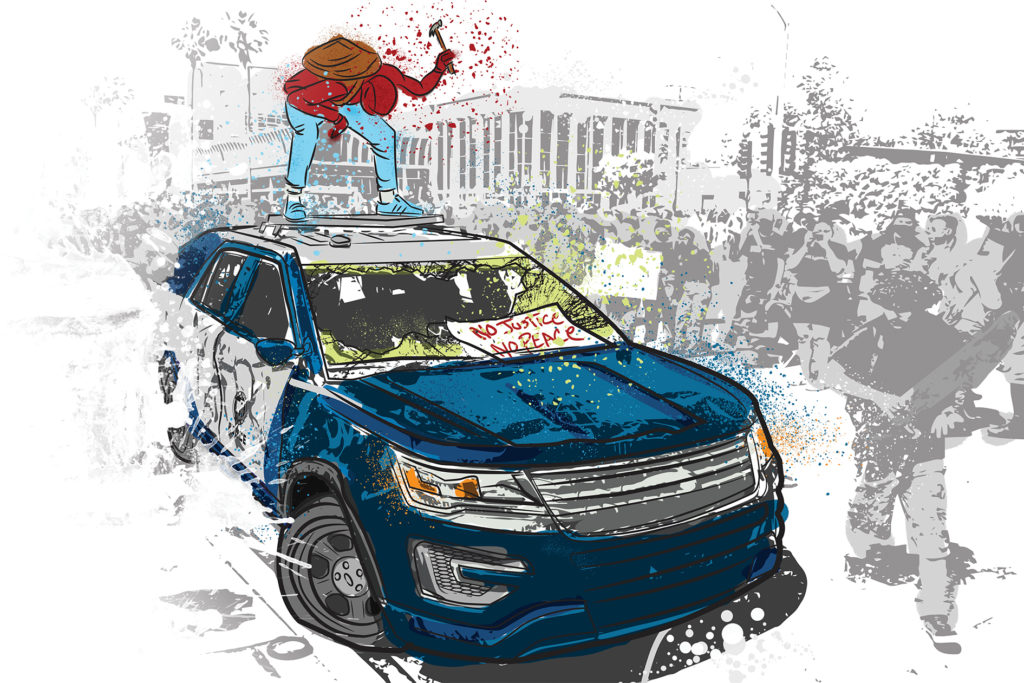
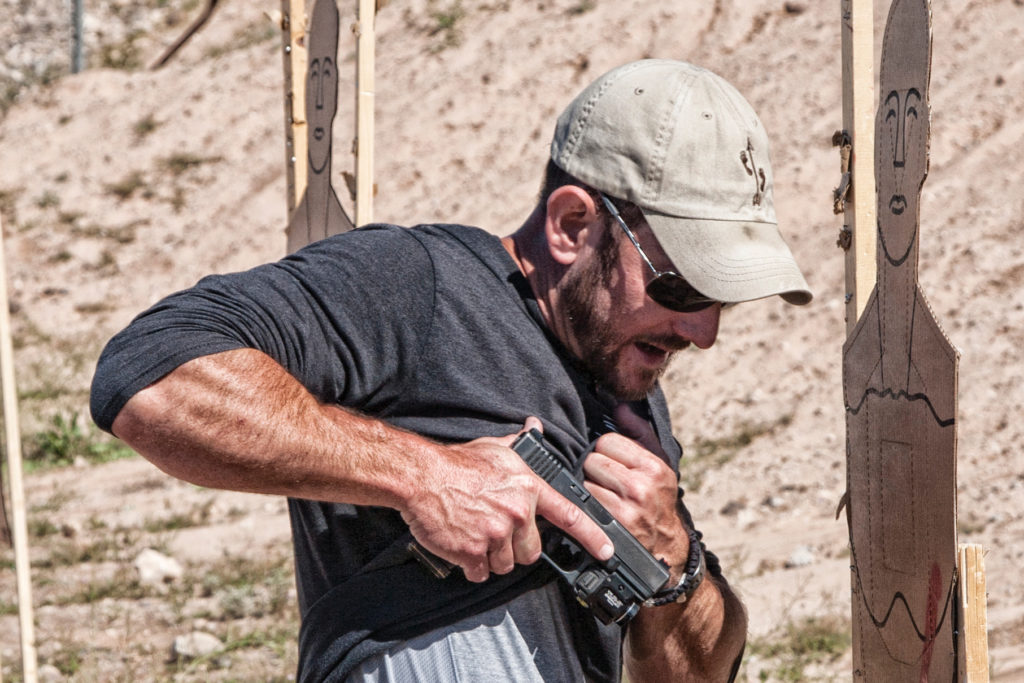
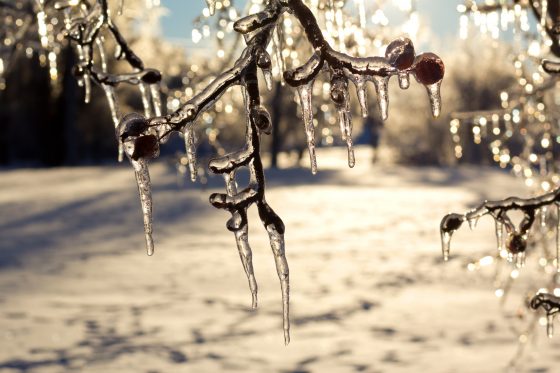
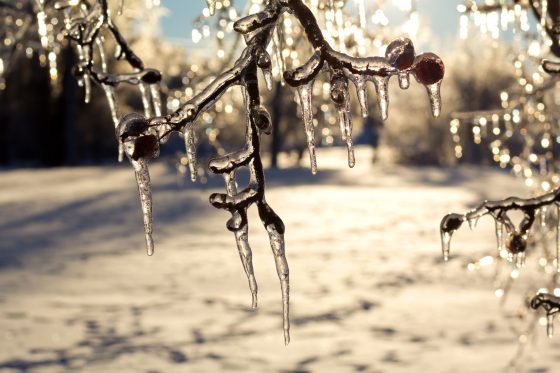





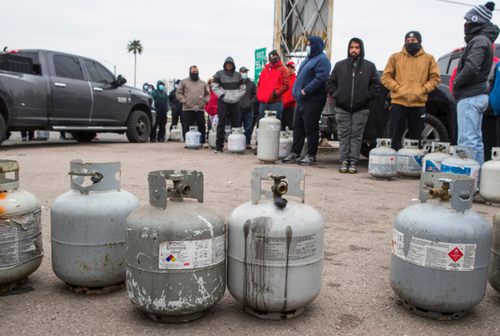
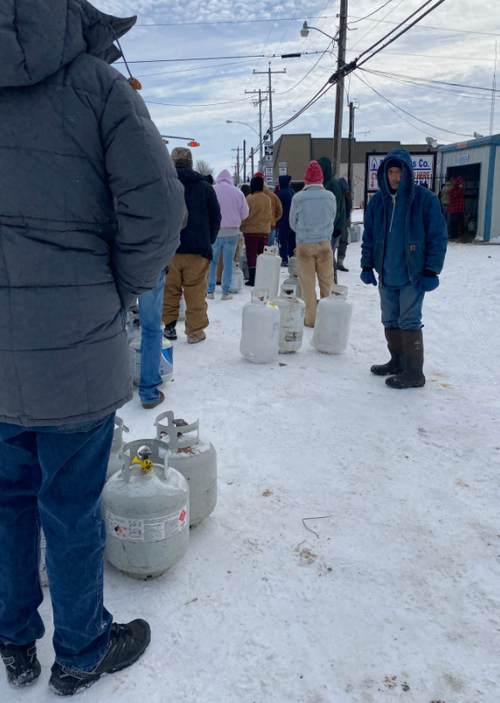

 The real @pfunk1978
The real @pfunk1978  (@pfunk1978)
(@pfunk1978) 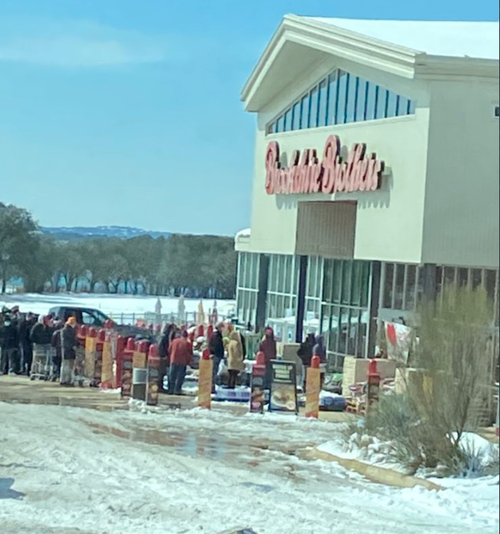

 A resident in Dallas, Texas shared this photo after pipes burst in his apartment. Temperatures reached -2° Tuesday morning. Thousands of Texans don’t have power, heat, water or food.
A resident in Dallas, Texas shared this photo after pipes burst in his apartment. Temperatures reached -2° Tuesday morning. Thousands of Texans don’t have power, heat, water or food.  :
: 

 (@djordxc)
(@djordxc) 